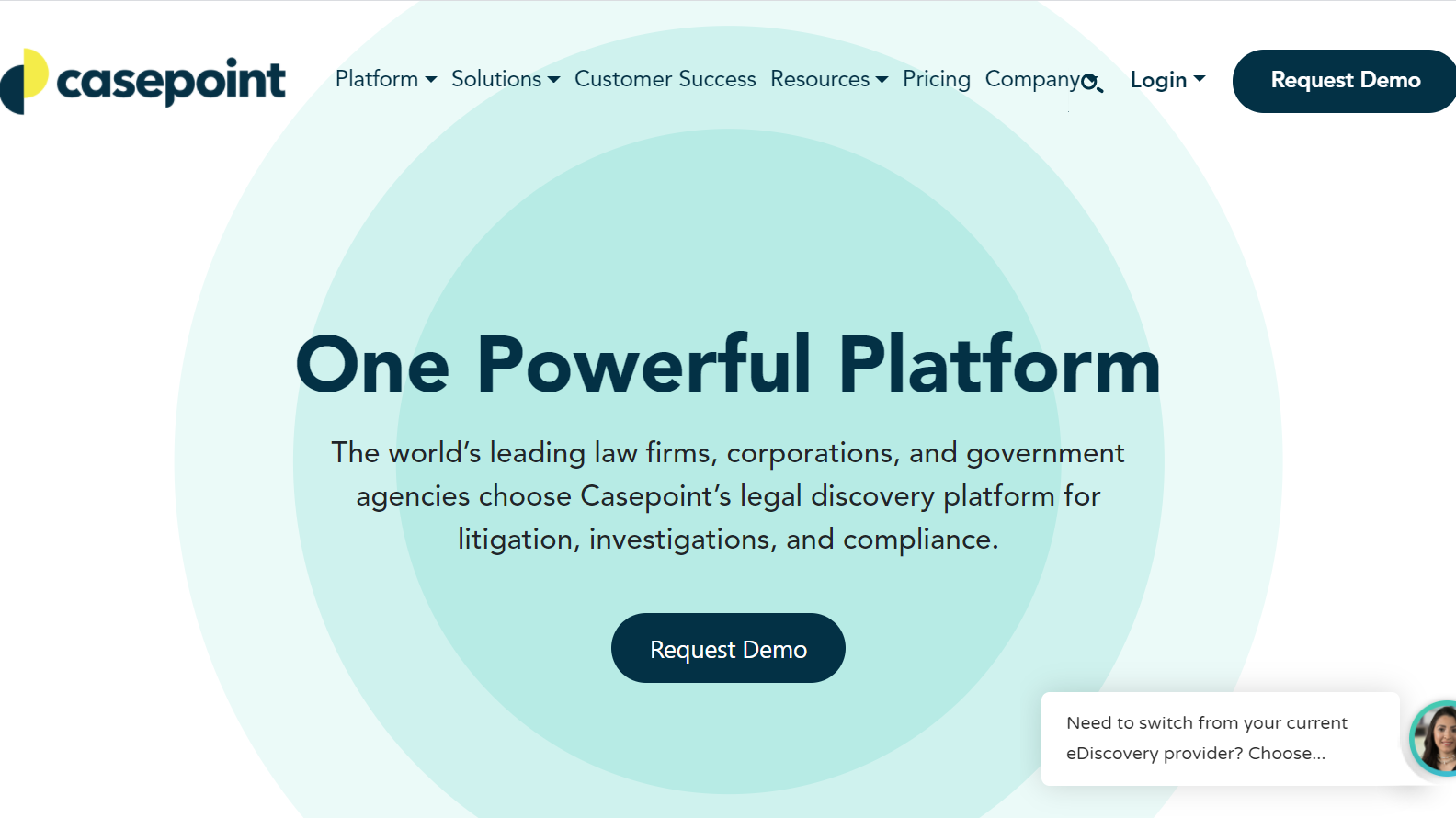E-discovery company Casepoint is today introducing enhancements to CaseAssist, its AI-based active review technology, and to its analytics and classification tools, that it says give users more insight and control over the review process, including enhanced visualization capabilities and configuration templates.
One of the first companies to offer a cloud-based, end-to-end e-discovery platform when it launched in 2008, Casepoint was granted three patents last October related to its technology assisted review (TAR) technology, including two linked patents specifically tied to its CaseAssist technology.
Among the enhancements included in today’s announcement:
- Enhancements to data visualization tools and configuration templates.
- Concept searching, topic clustering, and email threading capabilities.
- CaseAssist active learning to rank unreviewed documents.
- A multi-classifier feature to train the system to identify multiple tags within the same set
CaseAssist’s active learning means that it learns from reviewers’ input as they review documents to continuously predict and rank unreviewed documents. That avoids the need for subject matter experts to train the algorithm and allows review teams to get started more quickly.
Active review technology also offers the benefit of eliminating non-responsive documents more quickly and with greater certainty, thereby saving costs by avoiding the need to review them.
“The predictions generated by Casepoint’s CaseAssist technology in eDiscovery, investigations, and other document-intensive review projects eliminate the need for users to review documents that are nearly certain to be non-relevant, saving thousands of dollars in review time,” the company says.
In an interview yesterday, Vishal Rajpara, cofounder and chief technology officer, said that all of Casepoint’s analytics and AI tools are fully integrated within the single Casepoint platform.
That means that the CaseAssist active learning technology can use its responsiveness predictions to feed batches of documents to reviewers through its Dynamic Review Workflow tool.
Another tool, the Data Story Builder, enables users to find and review key documents quickly and then build stories around the data to guide them in developing litigation strategy.
“At Casepoint, we do not see AI as ‘nice to have’ – rather, it’s a core part of our technology,” Rajpara said.
 Robert Ambrogi Blog
Robert Ambrogi Blog